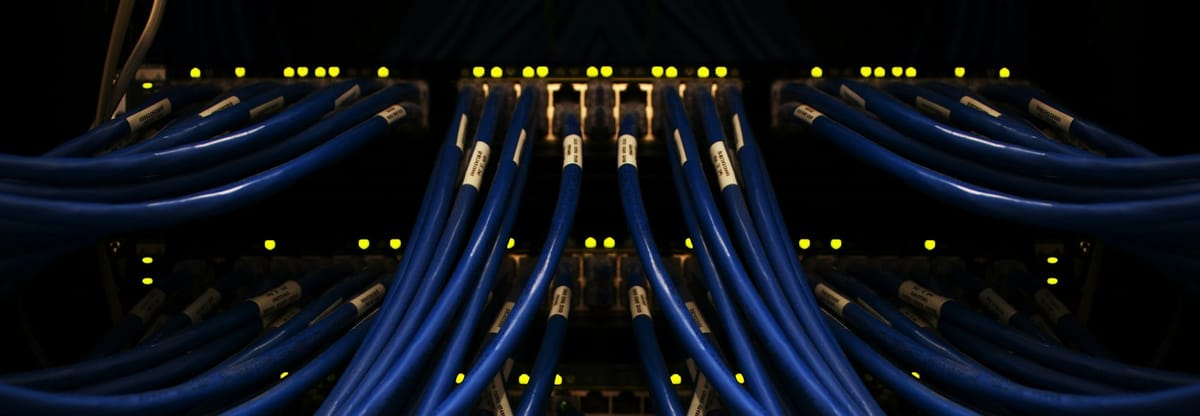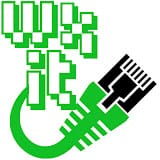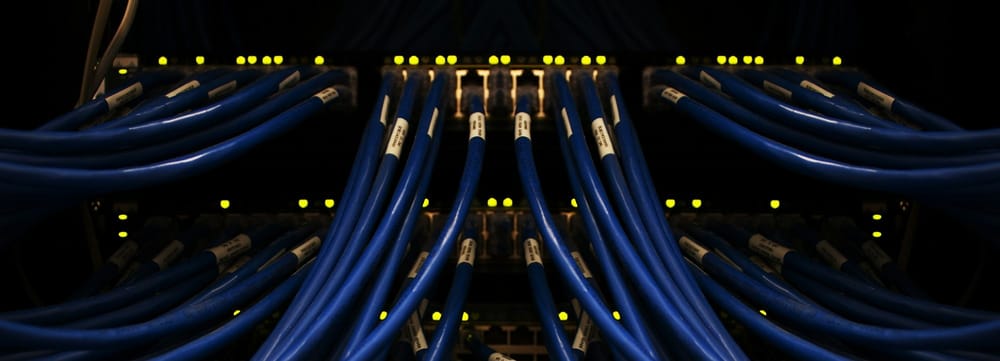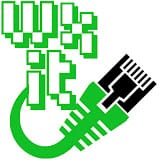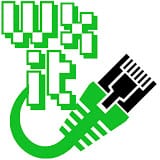MPLS Layer 2 VPNs
Service to allow Layer 2 connectivity between customer sites.
- VPWS - Virtual Private Wire Service
- Point-to-point connection
- Can use L2TPv3 over an IP network
- Can use MPLS for the transport (AToM)
- AToM - Any Transport over MPLS
- subset of VPWS
- Supports Ethernet, PPP, HDLC, Frame Relay, and ATM.
Advantages to the customer,
- Identical to traditional WAN services - engineers familiar with this model
- Can have its own routing and service polices
- Allows a single infrastructure for both IP and traditional services
- Optimizes data center solution - same broadcast domain
- Maintains enterprise autonomy
Advantages for the service provider
- Migration path to MPLS or IP Core
- Service continuity
- Lower cost due to single infrastructure
- Maintains customer autonomy
MPLS transport uses two labels in the stack
- Top label (Tunnel Label) is used to transport the packet from the ingress PE to the egress PE
- Second label (VC Label) is used on the egress PE to identify the egress interface
L2 VPN components
- AC - Attachment Circuit - circuit between the CE and PE, mapped to the VC for transport
- PW - Pseudowire - emulates the operation of a virtual wire
- Underlying transport - MPLS with targeted LDP or IP with L2TPv3
L2 VPN Types
| Metro Ethernet Forum (MEF) | IETF | Cisco | |
|---|---|---|---|
| E-Line (P-to-P) | Ethernet Private Line (EPL) Ethernet Virtual Private Line (EVPL) | Virtual Private Wire Service (VPWS) | Ethernet Wire Service (EWS) Ethernet Relay Service (ERS) |
| E-LAN (Multipoint) | Transparent LAN Service (TLS) Ethernet Virtual Connection Service (EVCS) | Virtual Private LAN Service (VPLS) | Ethernet Multipoint Service (EMS) Ethernet Relay Multipoint Service (ERMS) |
Cisco specific names not commonly used anymore.
Flexible Ethernet Mapping
- Processes and classifies various Ethernet frame types (Ethertype, VLAN tag, CoS)
- Cisco ASR 9000 used the Ethernet Flow Point (EFP) concept
- Each Ethernet flow from the access side is mapped or connected to a service on the trunk side.
point-to-point (E-line)
Local connect
- Two EFPs on the same platform
- Uses native Ethernet
- Two EFPs on different platforms
- Connected with Pseudowires (PW)
Multipoint (E-LAN)
Local bridging
- Two or more EFPs on the same platform
- Uses native Ethernet in a bridge domain
VPLS bridging
- Two or more EFPs on different platforms in a bridge domain
- Connected with a full mesh of Pseudowires (PW)
VPLS
One or more emulated LANs can be created for each customer. * Each emulated LAN looks like a giant Ethernet switch to the customer. * Each emulated LAN is completed separate from others * For each LAN, the PE routers have a full mesh of PW When the PE receives a frame, it
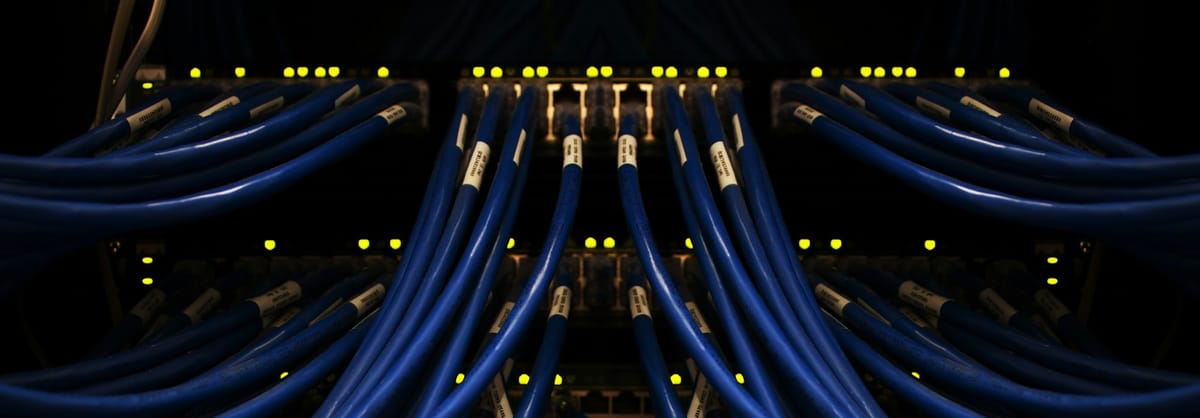
EoMPLS
EoMPLS is the most popular form of VPWS/AToM. Some unneeded headers are removed from the frame in transit. * Preamble and Start of Frame Delimiter (SFD) * Frame Check Sequence (FCS) In Ethernet port mode, all VLAN information is transmitted, but the VLAN tag may be overwritten on the egress PE
